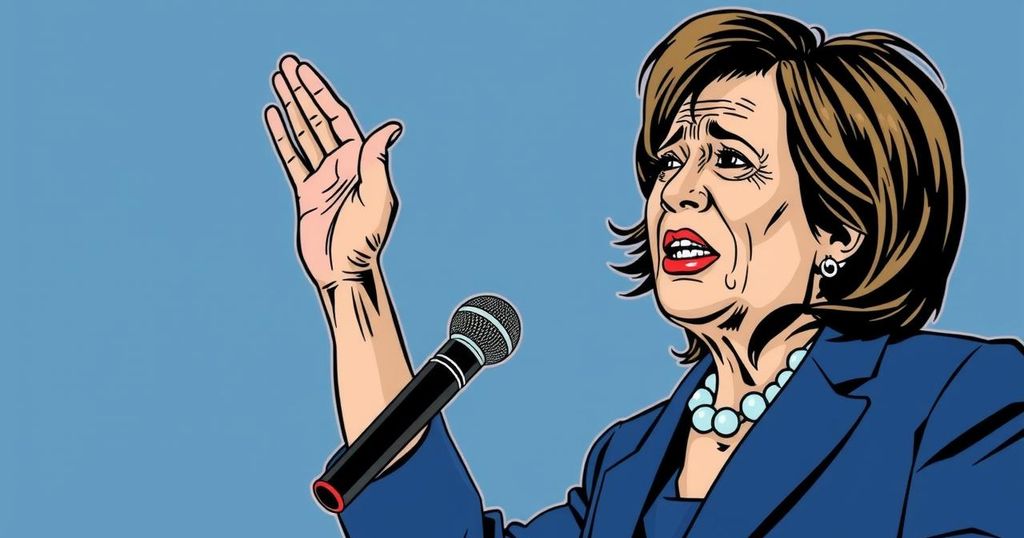Understanding the Electoral Defeat: Analyzing Harris and the Democrats’ Challenges

The re-election of Donald Trump symbolizes a significant shift in American politics, with voters demonstrating a preference for substantial change over the status quo. Despite the Democratic Party’s efforts, concerns about inflation and immigration overshadowed their messaging, indicating a broader anti-incumbent sentiment. This election reflects a growing disillusionment with established power structures, prompting the need for a thorough reevaluation of campaign strategies moving forward.
In the aftermath of the recent election, the sense of disillusionment among liberal voters is palpable, contrasting starkly with the optimism that permeated previous electoral cycles. The decisive re-election of Donald Trump suggests a willingness among the electorate to embrace significant systemic changes, despite uncertainties about the legitimacy and feasibility of his proposed policies. The Democrats, although they campaigned effectively on various issues including Project 2025, could not shift public perception away from anxieties over issues such as inflation and immigration. This election exhibited a troubling trend where longstanding incumbency disadvantage seems to outweigh previously established voter loyalty. Political commentators and party leaders have grappled with the implications of this electoral outcome. Many theorize about the various factors contributing to the close race and Trump’s victory, including economic woes and voter dissatisfaction. Additionally, it is essential to consider the historical context in which this election took place. The Democratic Party’s prolonged occupancy of the White House, which spanned twelve out of the last sixteen years, has positioned them unfavorably amid a global political shift toward challenging incumbents. Moreover, the socio-political landscape is characterized by a significant anti-incumbency sentiment, as evidenced by recent elections around the world. This global trend suggests that voters are increasingly disillusioned with established parties and systems, and this dynamic might explain part of the Democratic Party’s electoral challenges. The result underscores a broader shift where voters are seeking alternatives, often inclined towards more radical or right-wing options, further complicating the Democratic agenda.
The context of this analysis lies in the evolving political landscape in the United States, especially considering the patterns observed in recent elections. The Democratic Party has maintained a stronghold in presidential elections over the past sixteen years, with a notable dominance in popular votes. However, the shifting public sentiment towards an anti-incumbency stance amid the global narrative of political change is crucial to understanding the electoral challenges facing the Democrats. This backdrop reveals the inherent vulnerabilities of incumbents and the propensity of voters to seek transformative alternatives, which the recent election has starkly illuminated.
The recent electoral defeat for the Democrats signifies a pivotal moment in American politics, highlighting the complexity and unpredictability of voter behavior in today’s climate. As the electorate increasingly favors change and exhibits skepticism towards long-standing parties, it is vital for Democrats to reassess their strategies and messaging. The outcomes reinforce the notion that a historical dominance in the popular vote does not guarantee electoral success, especially in the face of widespread disillusionment and calls for reform. The implications of this election extend beyond party lines, indicating a potential shift in the political fabric of America.
Original Source: www.nytimes.com








